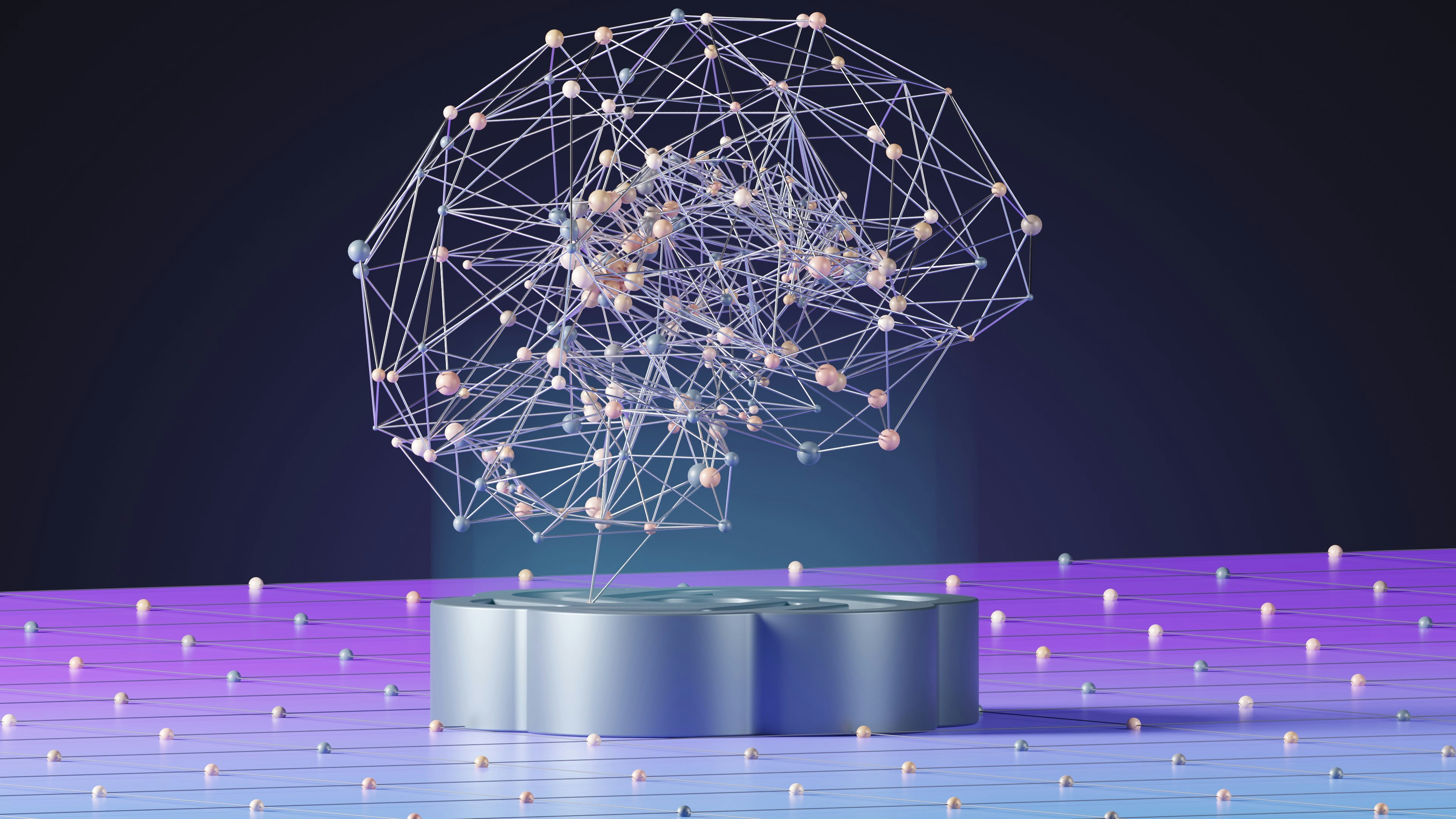Introduction
For decades, technology has been built on deterministic logic: predictable inputs lead to predictable outputs. This principle powered the early decades of computing, where systems were rule-based, transactional, and designed for rigidly defined functions. But as the complexity of data, applications, and human expectations grows, deterministic thinking shows its limits.
Enter the era of probabilistic systems, adaptive architectures, and emergent intelligence. The convergence of platform engineering, artificial intelligence (AI), and system interoperability is accelerating humanity’s transition toward a paradigm beyond deterministic thinking. This evolution is not just a philosophical shift—it is laying the foundations for superintelligence, where machines and platforms can learn, reason, and optimize beyond human comprehension.
The Limits of Determinism
Determinism in technology implies that every process can be codified with explicit rules. For example, early banking systems executed simple "if-this-then-that" workflows for account debits and credits. In industrial control systems, deterministic logic governed assembly-line robotics with zero tolerance for deviation.
While powerful, this rigidity struggles in today’s unpredictable world. Consider:
- Cybersecurity: Deterministic signature-based antivirus systems fail to detect zero-day exploits. Gartner reports that over 70% of successful breaches exploit unknown or unpatched vulnerabilities—problems that deterministic detection cannot anticipate.
- Healthcare: Clinical trials and medical protocols designed under deterministic assumptions of patient response overlook genetic diversity. Tufts CSDD highlights that 80% of clinical trials face delays, often because deterministic frameworks cannot accommodate patient variability.
- Finance: Traditional risk models rely on fixed formulas to predict credit defaults or portfolio outcomes. Yet, the 2008 financial crisis showed how deterministic risk models collapsed when confronted with nonlinear, systemic shocks.
These examples reveal the need for probabilistic, adaptive, and context-aware frameworks—hallmarks of beyond deterministic thinking.
Beyond Determinism: Probabilistic and Emergent Systems
In probabilistic systems, outcomes are not fixed but distributed across likelihoods. Modern AI embodies this. For example, large language models (LLMs) generate responses not from hard-coded rules but from probability distributions over trillions of parameters.
- Search & Knowledge Work: A deterministic keyword search finds exact matches. A probabilistic AI search understands semantics, context, and intent, increasing productivity by up to 30% in enterprise environments, according to McKinsey’s 2023 AI adoption survey.
- Autonomous Driving: Deterministic systems might program "stop at red light." But beyond deterministic systems, combine sensor fusion, probability mapping, and reinforcement learning to navigate unpredictable scenarios like jaywalking pedestrians. Tesla and Waymo vehicles log millions of miles annually, learning from probabilistic models rather than fixed logic.
- Drug Discovery: Instead of deterministic lab pipelines, companies like DeepMind’s AlphaFold use AI to probabilistically predict protein folding. The breakthrough solved a 50-year scientific challenge, unlocking a database of 200 million protein structures.
This probabilistic, emergent approach represents the essence of moving beyond deterministic thinking. But such complexity demands robust infrastructure—this is where platform engineering comes in.
Platform Engineering: The Enabler of Adaptive Systems
Platform engineering is the discipline of designing reusable, scalable, and interoperable platforms that abstract complexity for developers, operators, and business users. In moving beyond deterministic systems, platform engineering provides the critical scaffolding:
- Standardization with Flexibility
Platforms balance deterministic governance (security, compliance, SLAs) with the flexibility for teams to experiment with probabilistic AI models, microservices, and APIs. For example, regulated industries like BFSI demand compliance with frameworks like PCI DSS or FINRA, but platform engineering allows AI-driven credit scoring or fraud detection to evolve in controlled sandboxes. - Observability and Feedback Loops
Deterministic systems assumed perfect functioning. Modern platforms integrate end-to-end observability—metrics, logs, and traces—that provide probabilistic insights into failure modes. Companies adopting observability platforms see reduced MTTR (mean time to resolution) by 30–50%, according to New Relic’s State of Observability 2024 report. - Interoperability Across Legacy and Cloud-Native Systems
Deterministic monoliths cannot adapt to dynamic ecosystems. Platform engineering enables hybrid architectures—cloud-native microservices coexisting with legacy mainframes—ensuring probabilistic AI tools can access enterprise-wide data without silos. - Security as Code
Deterministic security models are brittle. Platform engineering’s DevSecOps pipelines embed adaptive controls, threat intelligence feeds, and policy-as-code, making systems resilient to evolving threats. Cybersecurity Ventures estimates global cybercrime costs will hit $10.5 trillion by 2025, underscoring the urgency of adaptive, platform-engineered defenses.
Case Example: BFSI Modernization
Financial services illustrate the transition vividly. Historically deterministic, banks enforced rigid workflows for KYC, risk assessment, and compliance. Today:
- AI-based fraud detection platforms, operating probabilistically, analyze billions of transactions in real time to detect anomalies.
- Cloud-native platforms like Goldman Sachs’ Marquee offer APIs for clients to experiment with trading algorithms in probabilistic environments.
- McKinsey notes that AI-driven banks can reduce operating costs by up to 25%, proving that deterministic infrastructure cannot compete with platform-engineered adaptability.
The Trajectory Toward Superintelligence
Superintelligence—systems that surpass human cognitive abilities across domains—is often discussed in speculative tones. But its trajectory is rooted in our move beyond deterministic thinking.
- Scale: Probabilistic models are scaling at unprecedented levels. OpenAI’s GPT-4, Google’s Gemini, and Anthropic’s Claude train on datasets spanning hundreds of billions of tokens.
- Autonomy: Agentic AI (AI agents with memory, reasoning, and action capabilities) are emerging. Unlike deterministic bots, they can self-direct, collaborate, and optimize without explicit step-by-step instructions.
- Complexity Management: Superintelligence will not be a monolith but an ecosystem of interoperable agents—enabled by platform engineering’s focus on modular, reusable, and secure architectures.
Nick Bostrom, in Superintelligence: Paths, Dangers, Strategies, warns that superintelligent systems could outpace human control. The solution lies in embedding governance, observability, and security at the platform layer—precisely what platform engineering does.
Toward a Philosophy of Beyond Deterministic Thinking
Beyond deterministic thinking is not just technical—it is cultural. Organizations must embrace uncertainty, iterative learning, and adaptive governance. Key shifts include:
- From Control to Guidance: Leaders move from rigidly defining processes to setting guardrails and allowing emergent intelligence to optimize.
- From Efficiency to Resilience: Deterministic efficiency often creates fragility. Probabilistic resilience ensures systems adapt under shocks—whether in supply chains or IT infrastructure.
- From Silos to Platforms: Deterministic silos isolate innovation. Platform engineering fosters interoperability, ensuring emergent intelligence flows across business functions.
Conclusion
Deterministic thinking built the foundation of computing, but its limits are stark in a world defined by uncertainty, complexity, and scale. Beyond deterministic thinking embraces probabilistic, emergent, and adaptive systems that can thrive under unpredictability.
Platform engineering is the enabler of this paradigm shift—abstracting complexity, ensuring interoperability, embedding observability, and governing responsibly. Together, these pave the road toward superintelligence.
The organizations that thrive in this future will not cling to deterministic certainty but will embrace platforms that enable intelligence to emerge, adapt, and scale. Beyond deterministic thinking is no longer optional—it is the blueprint for resilience, innovation, and ultimately, survival in the age of superintelligence


